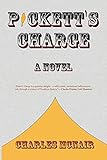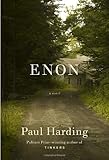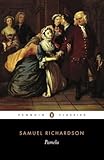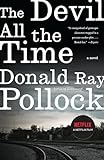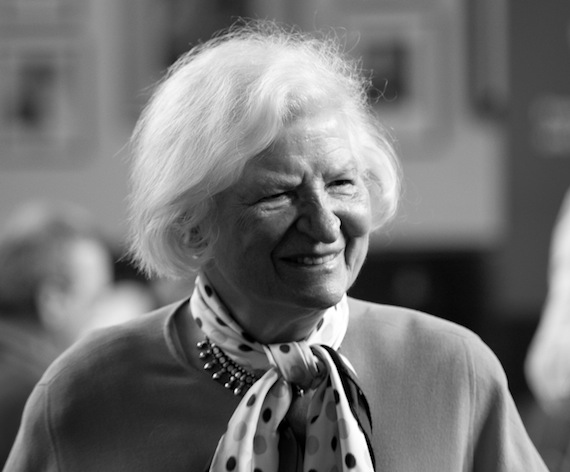
Post-40 Bloomers: You’ve Come a Long Way, Lady James
James's detective novels represent the best qualities of the genre: they are absorbing, intellectually challenging, emotionally satisfying, and artfully constructed. The process of unraveling the mystery demands the reader’s attention and patience as the investigators work through the evidence, and yet the solutions that emerge seem simultaneously surprising and inevitable. No matter how chilling, the murderers are sympathetically drawn; and the supposed innocents differ morally from the guilty only in that they happen not to have committed murder.



